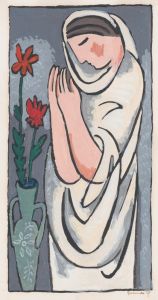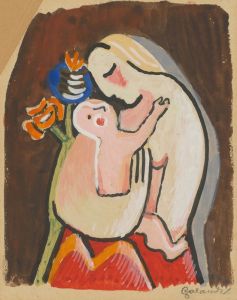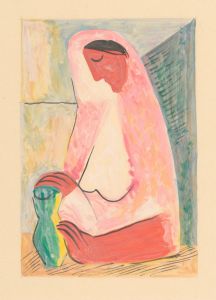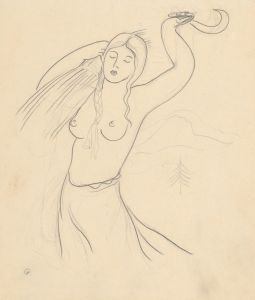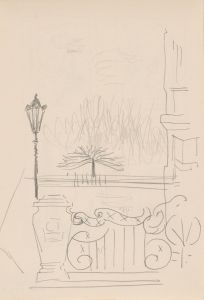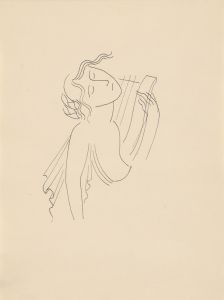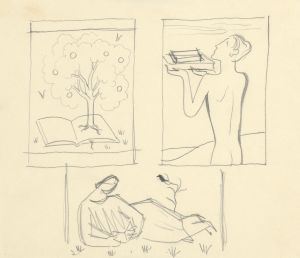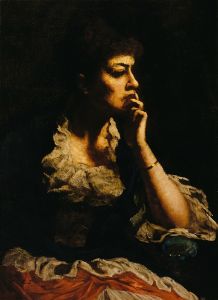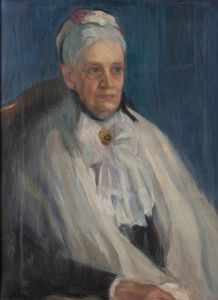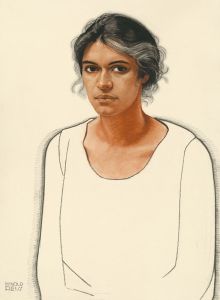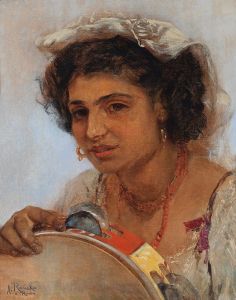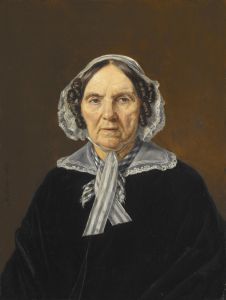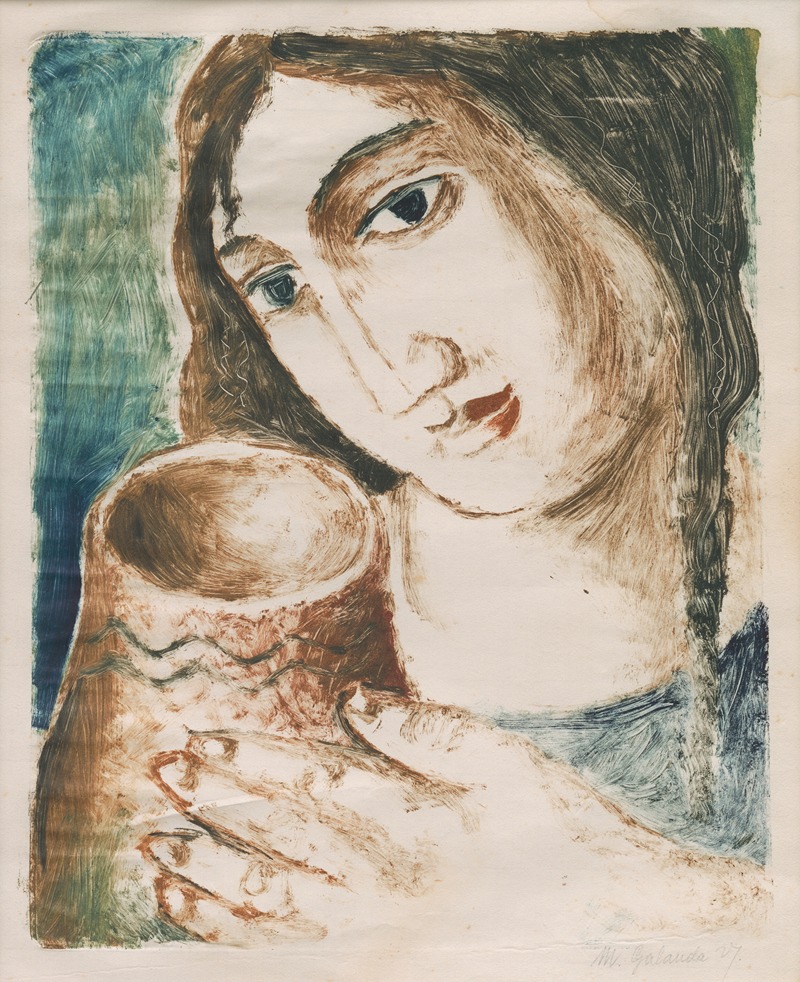
Žena s krčahom
A hand-painted replica of Mikuláš Galanda’s masterpiece Žena s krčahom, meticulously crafted by professional artists to capture the true essence of the original. Each piece is created with museum-quality canvas and rare mineral pigments, carefully painted by experienced artists with delicate brushstrokes and rich, layered colors to perfectly recreate the texture of the original artwork. Unlike machine-printed reproductions, this hand-painted version brings the painting to life, infused with the artist’s emotions and skill in every stroke. Whether for personal collection or home decoration, it instantly elevates the artistic atmosphere of any space.
Mikuláš Galanda (1895-1938) was a prominent Slovak painter, graphic artist, and illustrator, known for his significant contributions to modern Slovak art. One of his notable works is "Žena s krčahom" (Woman with a Jug), which exemplifies his unique style and artistic vision.
"Žena s krčahom" is a painting that reflects Galanda's interest in combining traditional Slovak themes with modernist techniques. The artwork portrays a woman holding a jug, a common motif in Slovak folk culture, symbolizing domestic life and the agrarian lifestyle that was prevalent in Slovakia during Galanda's time. The painting is characterized by its simplified forms, bold lines, and a harmonious color palette, which are hallmarks of Galanda's style.
Galanda was a key figure in the development of Slovak modernism and was part of the "Generation of 1909," a group of Slovak artists who sought to break away from academic art traditions and embrace new artistic movements. His work was influenced by various European avant-garde movements, including Cubism, Expressionism, and Fauvism, which he encountered during his studies and travels.
In "Žena s krčahom," Galanda's modernist approach is evident in the way he abstracts the human figure and uses geometric shapes to construct the composition. The woman's form is stylized, with exaggerated curves and simplified features, creating a sense of rhythm and movement. The jug, an essential element in the painting, is also rendered in a stylized manner, emphasizing its shape and function rather than its realistic details.
The use of color in "Žena s krčahom" is particularly noteworthy. Galanda employs a limited but vibrant color scheme, using shades of blue, red, and yellow to create contrast and depth. The background is often kept simple, allowing the figure and the jug to stand out prominently. This use of color and form not only highlights the subject but also conveys a sense of harmony and balance, which is a recurring theme in Galanda's work.
Galanda's contribution to Slovak art extends beyond his paintings. He was also an accomplished graphic artist and illustrator, contributing to various publications and collaborating with other artists and writers. His work in graphic design and illustration further demonstrates his versatility and commitment to modernist principles.
"Žena s krčahom" is a testament to Galanda's ability to blend traditional Slovak themes with modernist aesthetics, creating a unique and enduring piece of art. The painting remains an important part of Slovak cultural heritage and continues to be celebrated for its artistic innovation and cultural significance.
Mikuláš Galanda's legacy is preserved in various Slovak art institutions, and his works, including "Žena s krčahom," are exhibited in galleries and museums, allowing new generations to appreciate his contribution to the development of modern Slovak art.





